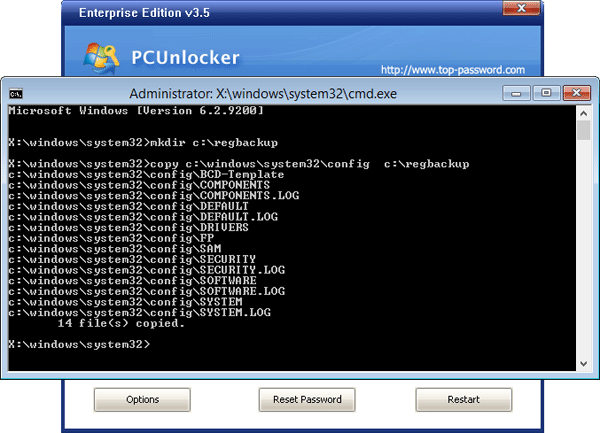

After your system boots from the Recovery Drive and you are prompted to choose an option, select the Troubleshoot tile as shown in Figure A.

NtTo boot up your system, just insert a USB Recovery Drive or an optical disc Recovery Drive and restart your system. I’ll then show you how to, use the Registry Editor and Notepad. NtIn this edition of the Windows Desktop Report, I’ll show you how to access the Command Prompt from Windows 8’s Recovery Drive. In addition, the Recovery Drive Command Prompt allows you to run two GUI based applications: the Registry Editor, which you can use to edit the registry, and Notepad, which you can use to recover data. From the Command Prompt, you’ll find that there are numerous command line tools are at your disposal. NtHowever, there is one more feature on the Recovery Drive that you can use to help you access and repair Windows 8 – the Command Prompt. ntt Restore Windows 8 with System Image Recovery – I showed you how to create and use System Image Recovery tool from the Recovery Drive to restore your hard disk.ntt Reset your PC from a Windows 8 Recovery Drive – I showed you how to use the Reset your PC tool from the Recovery Drive.ntt Create a custom recovery image for Windows 8’s Refresh your PC tool – I showed you how to use the Recimg command line tool to create a custom recovery image for the Refresh your PC tool.ntt Refresh your Windows 8 system from a Recovery Drive – I showed you how to use the default mode of the Refresh your PC tool from the Recovery Drive.ntt How the Windows 8 Automatic Repair feature works – I showed you how the access and use the Automatic Repair tool from the Recovery Drive.



 0 kommentar(er)
0 kommentar(er)
